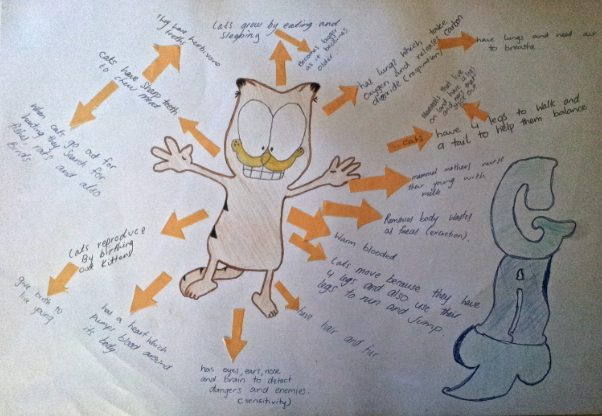9PTt has been learning about separating mixtures and solutions using decanting, filtering and evaporating. There's only so much you can learn from listening to a teacher, so I decided to challenge them practically.
I set up large beakers containing rocks, sand, salty water with blue food colouring and topped off the "polluted sample" with a layer of baby oil. Students had to work out how to separate the different parts of the sample to find out how much salt was in the water.
Students decanted the salty liquid out of the beaker, leaving behind a heavy layer of rocks and sand. There was still some sand floating in the liquid, so students had to filter the liquid through a funnel and filter paper.
Next students poured the salty liquid into a funnel while holding it closed with their thumb. They (mostly) waited patiently until all the oil rose to the top then let the water out from underneath, leaving the oil behind.
I didn't quite trust that all the oil had been removed from the sample and didn't really feel like setting anything on fire today, so I collected back their samples and distributed a new one with only salt and water in it!
G opening the bunsen burner hole to get a blue flame
Students then evaporated off the water using an evaporating dish heated over a bunsen burner to find out how much salt was in the solution. There was a lot of engagement during this practical, and I feel that students benefitted a lot from being able to do the separation themselves.
Tomorrow the students are going to learn how to separate mixtures using chromatography and make some cool chromatography flowers while they're at it!








